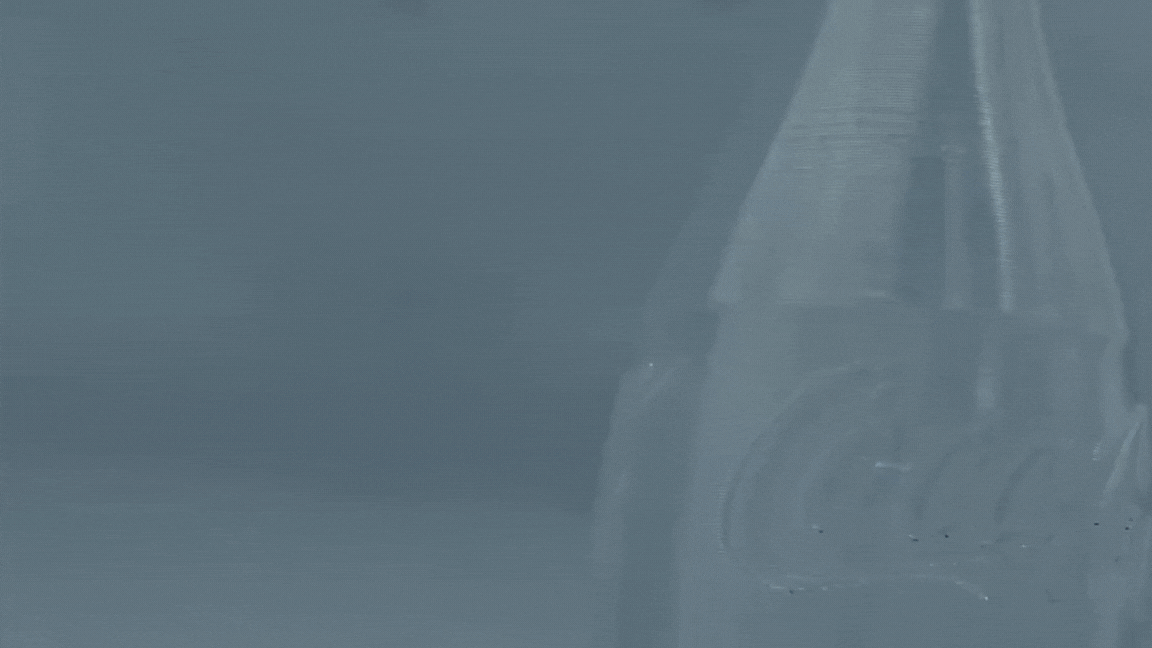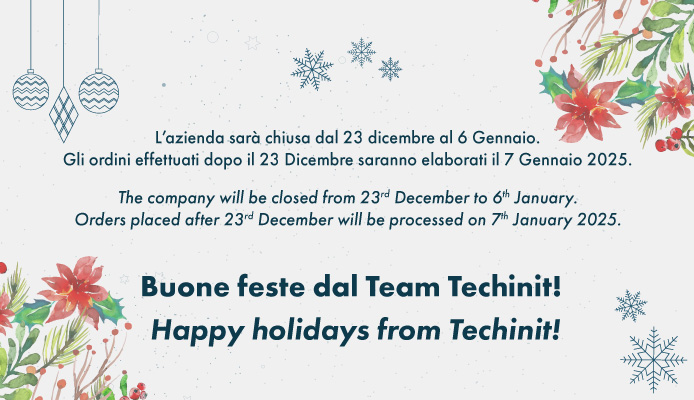Six Filaments, endless possibilities
The Techinit 3D Project was born for an internal need: to obtain a material that can be easily printed but with excellent mechanical properties, for internal prototyping needs.
The result was so powerful that it set new standards in the 3D Printing market!
3D printing materials from technology solutions specialists!
Behind the scenes, meanwhile ...
Have you ever wondered how a filament for 3D printing is made? Together with Andrea Pirazzini of Help3D we opened the doors of our factory to let you take a peek .. behind the scenes.
In this video you will learn how a filament is made: from compounding to winding in spools. The granule, not yet filament, begins its journey in our Machinery to arrive on your printers, and unleash its full potential there!
Have you already tried our products? In this video you will also discover all the secrets of Techinit # 5, our top of the range product, super resistant to shocks and high temperatures but, above all, easy to print.
Filament for 3D Printing: how it's made
The creation of a 3D Printing Filament is a process that involves technical skills and advanced technologies. Here are the highlights of how the performances of our Products arrive on your desks.
Compounding and pre-treatment
Extrusion
Stretching and cooling
Diameter control
Drying and towing
Winding
Discover the secrets of Techinit # 5
Contribution of the Maker
Send us your contributions
By sending us your creations, you can win a 1 kg reel of your favorite material every month. If you prefer, you can ask that your contribution remain anonymous.
Techinit solutions
The Products Portfolio of Techinit can satisfy every need: starting from PLA for the simplest needs up to our more Technical products, together with the related adhesives for printing bed, to have a perfect result!
All User
3D Print Stickers
Home User
BASIC FILAMENTS
Different Colours - Different Formats
Pro User
TECNICHAL FILAMENTS
Different Formats
Information or support for your press?







